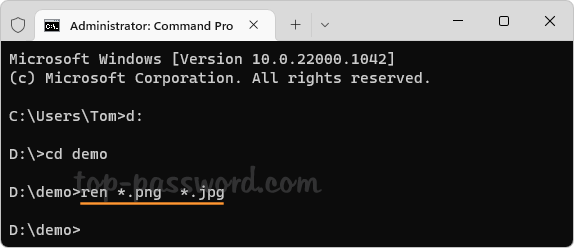
Using the plus sign in this example adds the Hidden attribute to the file. ToĪdd an attribute, use + (the plus sign), as Using the minus signs after attrib in the above exampleĬlears the System, Hidden, and Read-only attributes from the file. The initials on the left stand for the first letter of the enabledĪttribute: A for Archive, S for System, H for Hidden, and R for You should see something like: A SHR FILENAME.EXT C:\FILENAME.EXT
#Change file details comment full#
Replace filename.ext with the full name of the file. Due to the number of changes and comments, there is a lot of content in the Revision Pane, which causes Word to run slowly and possibly crash. In theĭirectory where the file is located, enter: To determine what attributes are enabled on a file, you must use theĪttrib command in the command prompt. Change file attributes from the command prompt

To see theĪrchive checkbox, click Advanced. If you want to change the SystemĪttribute, you need to do it from the command prompt. Read-only, Archive, or Hidden to enable orĭisable these options. In the "Attributes:" section, enabledĪttributes have checks beside them. To view or change the attributes of a file, right-click the file, and Not usually displayed in a directory listingĬhanging file attributes View or change file attributes System: Flagged for use by the operating system.Archive: Used for selectively backing up or copying.Hidden: By default, not displayed in a directory.Read-only: Readable, but cannot be changed or.


Or in behind-the-scenes file maintenance: Information here may no longer be accurate, and links may no longer be available or reliable.įile attributes can be used to write-protect, hide, and unhide files, This content has been archived, and is no longer maintained by Indiana University.


 0 kommentar(er)
0 kommentar(er)
